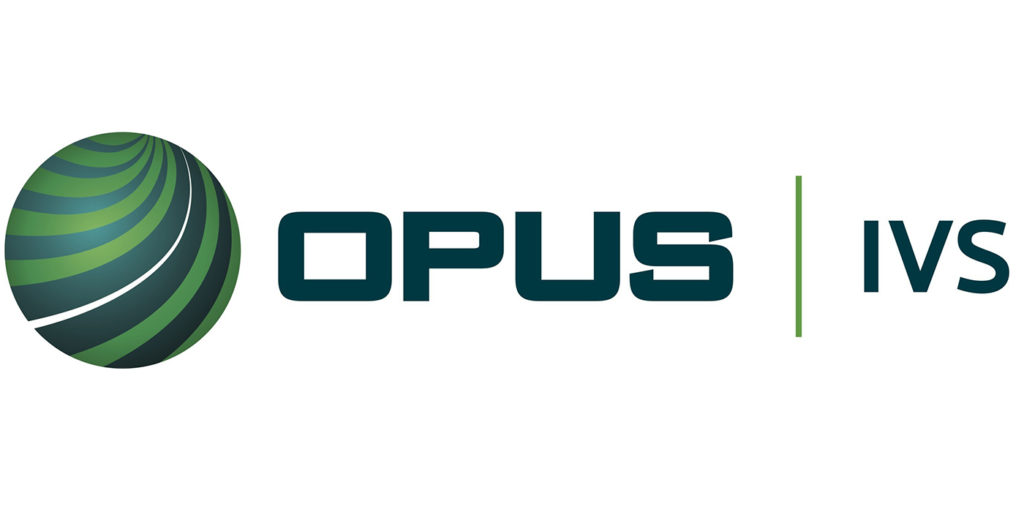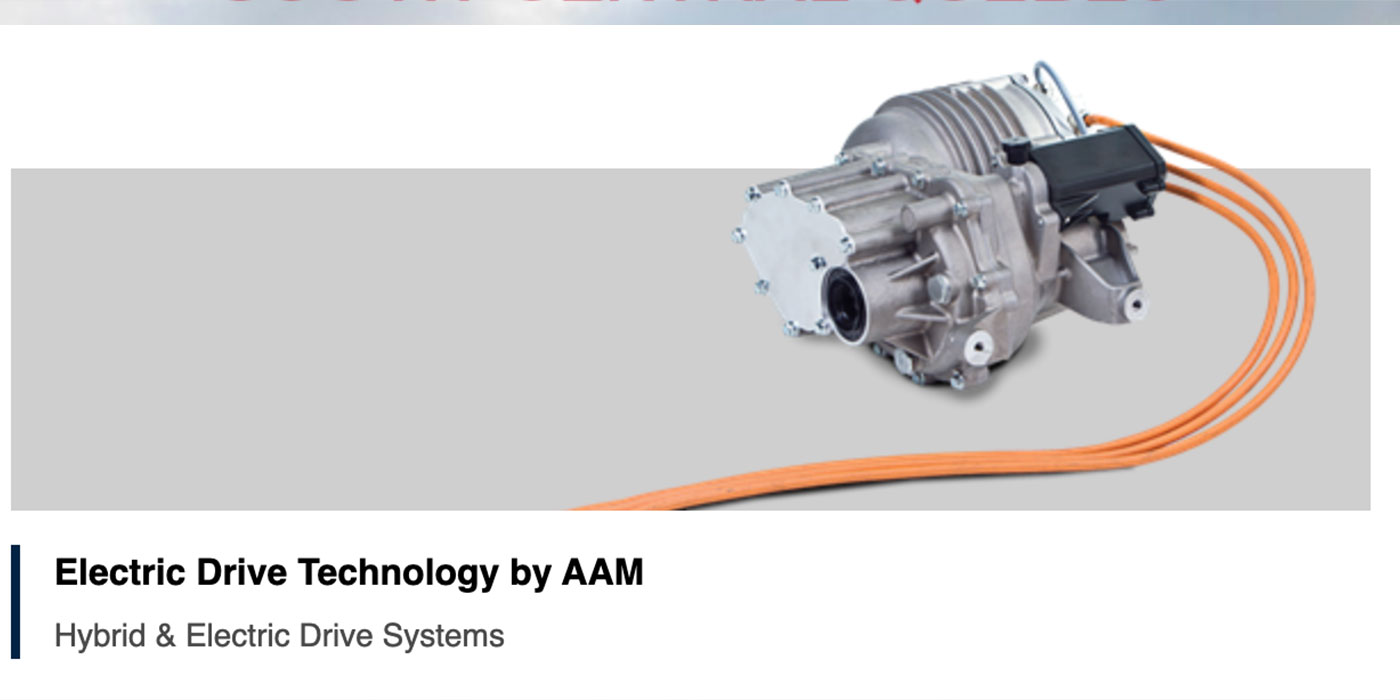By Ben Baker and Neal Zipser The Catevo Group
Having an online presence is a necessity for most companies in the automotive aftermarket industry today. Once you establish your presence, update your content and make the site valuable for your potential and existing customers, you may think your job is over. But is it?
Remember the adage: If a tree falls in the forest and there is no one there to hear it, does it make a sound? The same question can be asked about your web presence. Just because you have a website doesn’t mean that people know about it – especially if you are relying on search engines like Yahoo and Google.
If your site doesn’t have a presence in popular search engines, you may be losing out on a huge volume of business or an ideal opportunity to market and promote your products and services. This is where Search Engine Optimization (SEO) comes in.
Simply put, Search Engine Optimization helps you increase your website traffic by achieving a greater presence in search engines. While defining SEO is rather simple, achieving maximum SEO takes a little more work. However, while many people consider SEO to be complicated, in actuality SEO is nothing more than an extension of traditional marketing with the ultimate goal of increasing targeted traffic toward your site. That’s what ultimately boosts sales or sells a service. It also markets and creates brand visibility for your website.
SEO refers to the process of adhering to a variety of best practices during the development of a website. Ideally, websites are built with SEO in mind, but often the existing site must be optimized. The optimization process involves choosing the best practices wherever possible and understanding the consequences of selecting other interests over SEO.
The first and most important step in a strong SEO strategy is site based optimization. This incorporates various steps that prepare your website to be found in the search results of any given search engine (see below). These website optimization processes will help search engines understand what your site is about, in addition to assisting search engines to understand which search terms are relevant to your product or service.
If your content and code do not properly help search engines to understand your company products and services, a given search engine will not be able to identify your site as relevant to a searcher’s needs. Further, an improperly designed website, will cost more money in lost business and redesign costs, than one that is properly developed and designed from its conception.
Once you have optimized your site to be found, you have to promote your site through off-site SEO marketing. The Internet is called the World Wide Web (www) because of the nature of how sites link to one another. Web refers to sites linking to yours; World Wide means that sites throughout the world inter-link, creating and registering your website as a real live place to go and do business.
Off-site SEO marketing involves building your company website into the web network via sites linking back to you. Search engines follow the network of links and index, or re-index, website pages within their databases as they find them. Links to your website are how your site will continue to be found and indexed, and plays an important role in how your company site is ranked within the search engines’ natural rankings.
The three critical steps of SEO are explained below.
Step 1: Create Good Content
It is important to remember that search engines are in business to cater to the searcher so creating content is critical. Each page should be targeted to one particular keyword or key phrase. Page titles, meta tags, heading tags, images and all other page content should be described carefully while emphasizing the primary keywords and key phrases for the page. Cross linking inside each page to other pages especially when using other keywords or phrases will help reinforce the targeted search terms.
The site map and content of a site play a critical role in achieving good search engine visibility. All pages of a website should serve as entry pages to allow both users and search engine spiders to find most content on a website starting from any web page.
The best SEO copy should appear within the first 500 words of a page including titles, menus, and other page elements. Pages that are too large, or that target too many keywords or key phrases have diluted value and should be avoided. Other considerations include:
• Serve it fast. If the server is slow at all or if the internet connection to the server is slow there will be a very negative impact on search engine rankings.
• Popularity always wins. No matter how well optimized a website is, it will never outrank a much more popular website in the same keyword or key phrase listing. Popularity can be achieved by encouraging other websites to link to your site.
• Never, ever cheat. Even if you didn’t know you were cheating, search engines will ban your website if it utilizes questionable tactics to achieve a higher rank. Questionable tactics include: keyword spamming, hidden text, serving special content only to search spiders and generally creating false or misleading content to get page views.
• Have lots of content. A good strategy is to have lots of content on your site. If you sell ride control components, then write about shocks, struts, springs, installation tips, troubleshooting tips, technical or feature articles, ride control trends, etc.
• Have original content. You can separate yourself from your competition with original content. For example, create a “what happens when your shock absorber fails quiz” or develop interactive charts on the evolution of ride control products.
Step 2: Make Your Content Accessible
This step requires technical ability because when search engines access your website, they won’t be seeing things the same way human visitors will. Instead of pictures and text, a search engine will see things like HTML tags, page titles, links, headers and lots of words. A few important points to remember include:
• Every page should ideally be doing one thing only. If you have a page where you sell air filters, then it should have a header that reads “air filters” along with an air filter photo, air filter applications, technical information about the filters, etc. There should also be a set of links on that page leading to related areas of your site.
• Every page title should be unique, and accurately and briefly describe your page’s content. If you sell performance exhaust products on the page, then your page title needs to be anything from “Performance Exhaust Products” to “Purchase Your Performance Exhaust Products at A1exhuast.com.” But it should not be “A1exhaustproducts.com” or A1 Exhaust Sells Undercar Parts.”
• Use proper markup, with tags like headers, paragraphs, links and so on, and make sure it validates as HTML4 Strict or XHTML1 Strict. There’s a multitude of ways to display a header – using an embedded Flash animation, for example – and there’s a multitude ways of displaying links – using dropdown combo-boxes, or JavaScript, to name just two. But you should steer clear from these. Instead, keep the HTML simple, and use JavaScript, Frames, or any of that only where you absolutely must, and use Cascading Style Sheets to deliver a page layout. www.catevo.com
• Make each page rest on a simple, stable and quick-loading place. For example, don’t move your pages to different URLs all the time, don’t create redirects and don’t use long, complicated URLs. Simple and stable pages invite others to bookmark your pages or link to them, and it allows search engines like Google to assign a “trust" value to your page.
All of the above may take a bit of trial and error, but you don’t need to get it all right at once. Ideally, you will want to set-up a CMS (Content Management System) of some kind where you, or your developer, exercise full and direct control over modifying templates and such.
Step 3: Promote Your Content
It used to be that you could add lots of keywords to a page to optimize it for search engines. Today’s search engines aren’t that easily fooled. Instead of looking at your site, Google and others mostly look at other sites to determine your site’s trust, specifically by checking the other site’s links to you. The more trusted your site is, the higher it ranks for a variety of search queries.
Once you have great content and make it accessible to link to, you have to promote it so others feel inspired to link to you — not because you promise a link in return or because you paid them — but because they consider your content appropriate for their visitors. Here are some tips:
• Go to conferences, trade shows and every other place where people might be interested to get to know about your website.
• Participate in newsgroups and web forums of your topic, look for online directories dealing with sites like yours, contact webmasters and bloggers who maintain sites in your topic area, etc. Don’t just get involved to promote your site, as such selfishness is deemed “spam,” but instead take time to help others. For example, you may want to offer another site to write an article for them.
• If you have extra money (which is not typical in the aftermarket), you may consider buying ads on search engines. While they’re never as effective as ranking well in the real search result, they can help get the word out while your site is still in its infancy.
Paid Placement as an Option
The only certain way to bring traffic to your site is to pay for it. Paid placement typically involves choosing the search words or phrases you want, creating an ad and directing clicks on the ad to a landing page on your site. Often paid placement is based upon a “pay per click” model where the advertiser pays for every time a user clicks on an ad. Another more recent model is called “pay per action.” Pay per action is an asset because the advertiser only pays for specific predefined action generated by the ad. For example, if the user completes a contact form or registers for a product data sheet than the advertiser would pay for these actions.
Important considerations in paid placement include choosing the right keywords and phrases, crafting a compelling ad, crafting a compelling landing page and knowing what services the ad should be placed with.
It should also be noted that research shows that 72 percent of people searching the Web trust the natural search engine optimization results over pay-per-click options.
Optimizing Your Optimization Strategy
If you do the above, don’t expect instant search engine results as these may take several months or more as this process takes time. Remember that if your competitor is larger, has had a longer presence on the Web, is more trusted site, etc., they deserve to be ranked higher than your site.
What you can do, though, after a few months, is to supervise your site and check what kind of search queries people entered to find you. To do so, consider a web statistics program like Google Analytics. By inserting some tracking code into your Web site, you will be able to check which of your pages are the most successful after several days, and which receive the most traffic from searchers. This will help you modify your future approaches.
Web log analysis involves examining the raw log files generated by web servers for each web site. The web server can be configured to store a variety of information in its transaction log of each request for a document. Some of the better pieces of information include: Page views, client hostname/IP, referring site, search keywords and search key phrases. This information is valuable in understanding who your visitors are as well as where they came from and how they found your site. By analyzing these logs, you can determine what parts of the site are most popular and also what search words are popular.
What Not to Do
Here’s a quick checklist of optimization approaches you should avoid:
- Don’t stuff too many keywords into places where they don’t belong.
- Don’t optimize for search engines at the cost of human visitors; if someone told you adding a dash to the domain name helps your rankings, but you feel that dash might confuse your customers, then don’t add it.
- Don’t trust people who promise you “instant #1 ranking,” “guaranteed top 10 positions” or anything of the sort.
- Don’t link to others from your site just because they promised a link back to you
- Don’t link to others just because they paid you, unless you know exactly what you’re doing.
- Don’t create multiple pages with exactly the same content.
- Don’t “litter” your URL on other people’s sites (and don’t let others people “litter” URLs on your site; if you have a web forum, keep it spam-free).
- Don’t invest in a cheap server that won’t be able to cope with your traffic; don’t build your whole site on free Web site tools only; if you want to have a high-quality site and server, you need to pay for it.
- Don’t worry about a page’s meta descriptions, meta keywords and such; your time is better spent creating content.
- Don’t use tools that automatically submit your site’s URL to directories, search engines and such.
- Don’t present different content to search engines than you present to users; for example, don’t hide your text to visitors and show it to search engines.
- In general, don’t try to outsmart search engines. Those maintaining search engines are paid to outsmart webmaster tricks, so in the long run, chances for successful tricks are low.
In conclusion, if you want your website to be “the tree in the forest that falls and makes a sound,” than you should embrace search engine optimization strategies as part of your overall marketing campaign.
About the Authors:
Ben Baker is vice president of Technology for The Catevo Group. In this role, Baker provides Catevo clients with expertise in IT project management, developing and managing medium- to large-scale websites and portals, and developing rich media-driven content for various mediums and devices. Neal Zipser is vice president of Catevo Aftermarket and directs Catevo’s business efforts in the automotive and heavy duty aftermarket industry.
To learn more about the The Catevo Group, visit: www.catevo.com.













